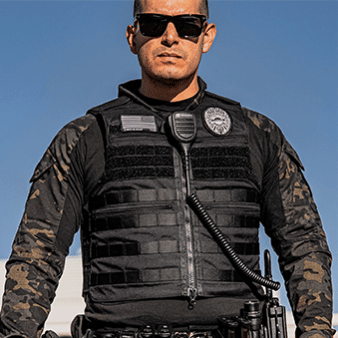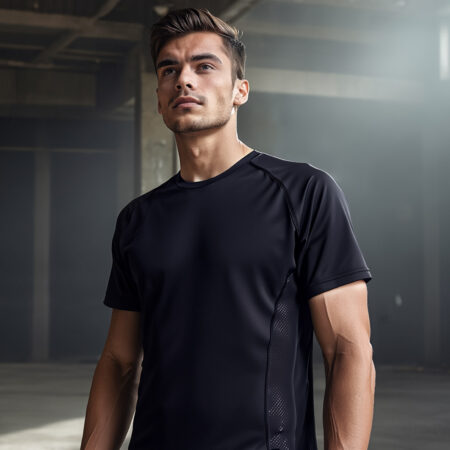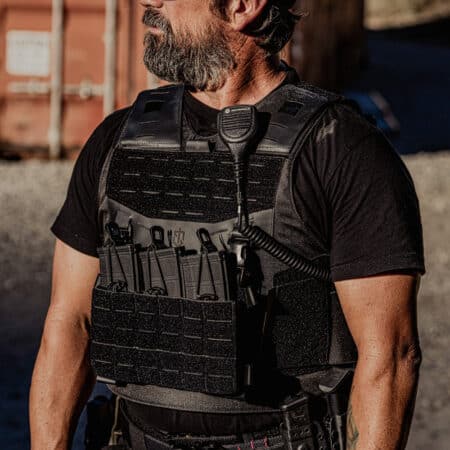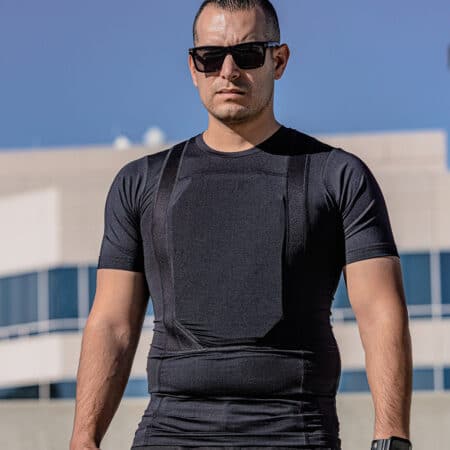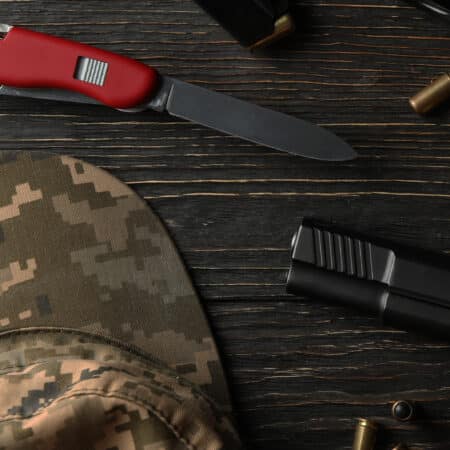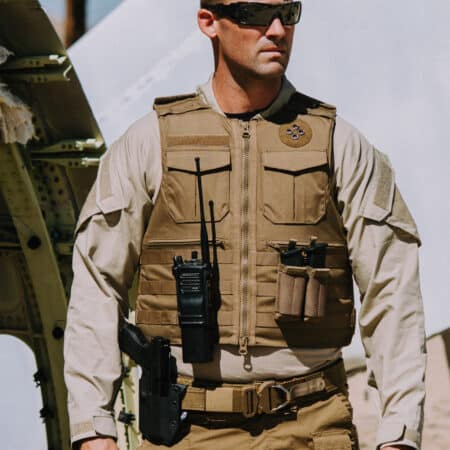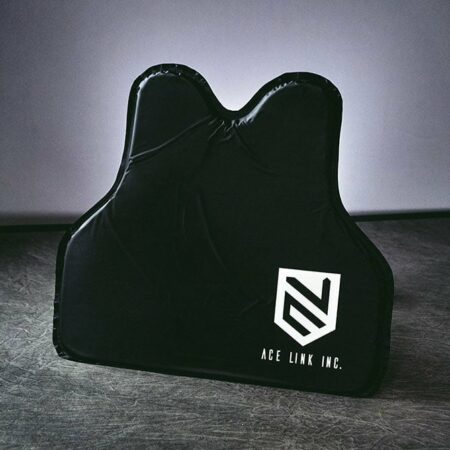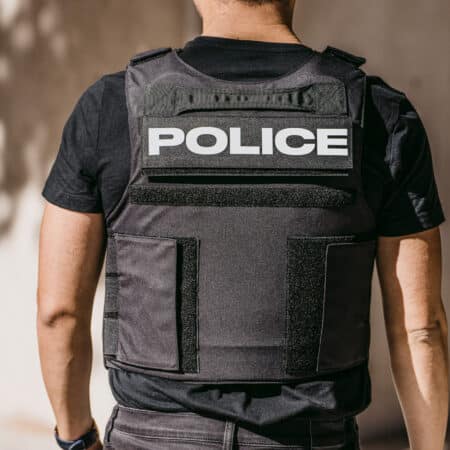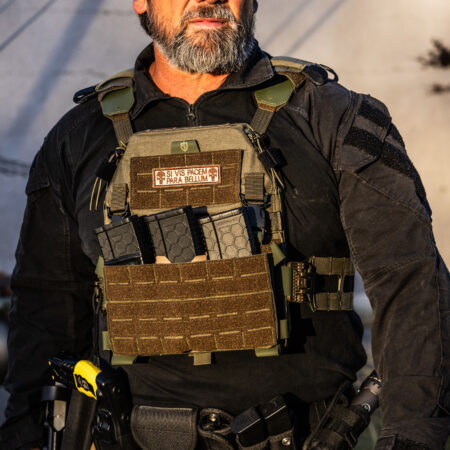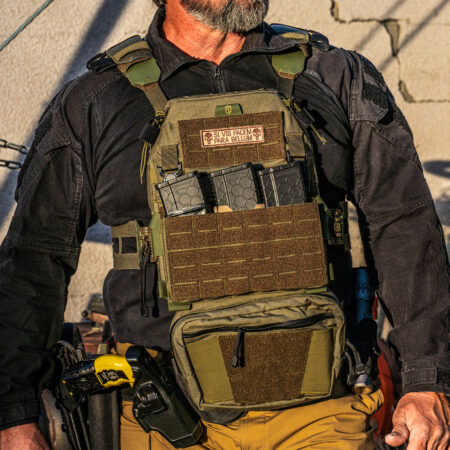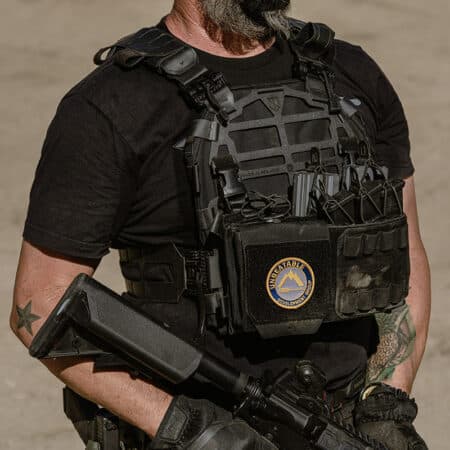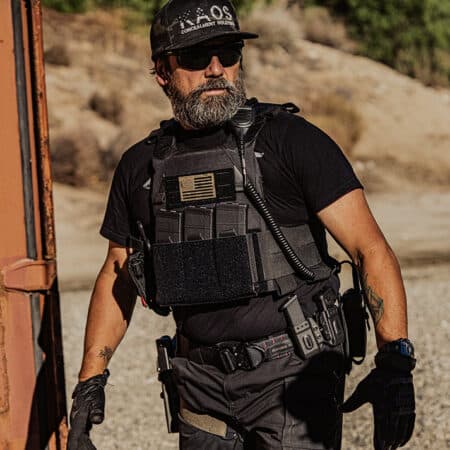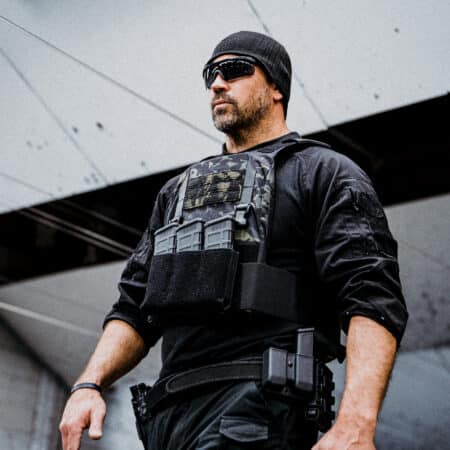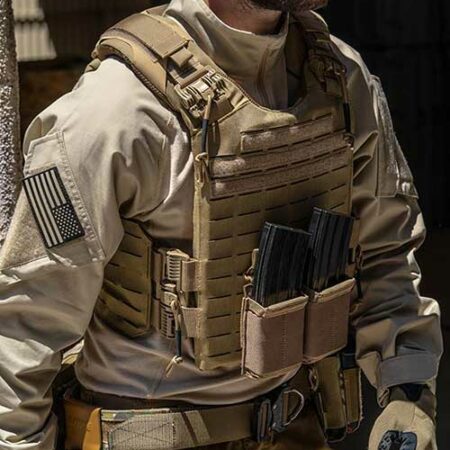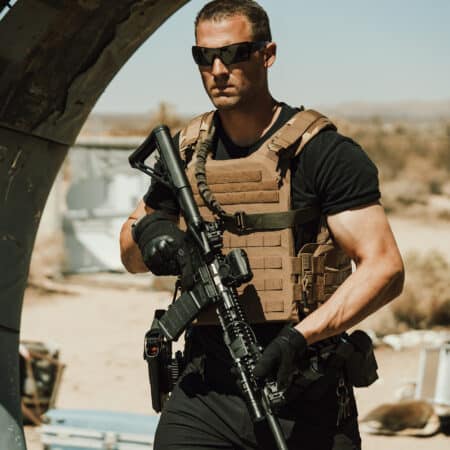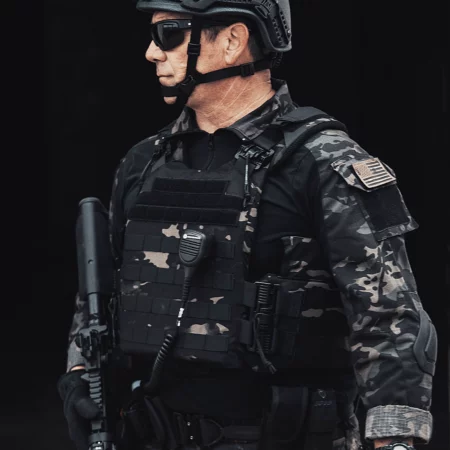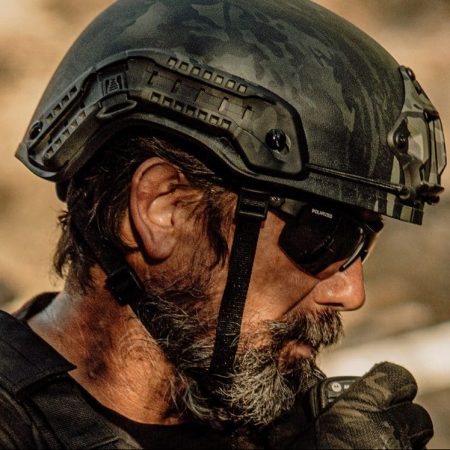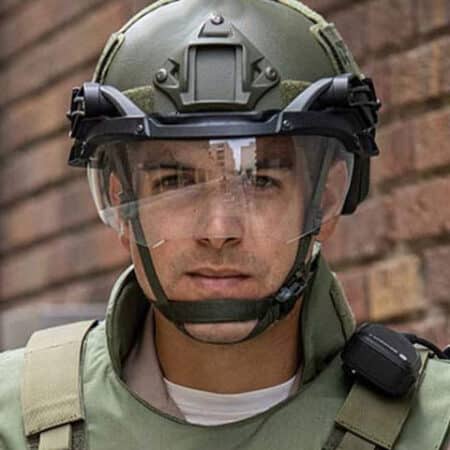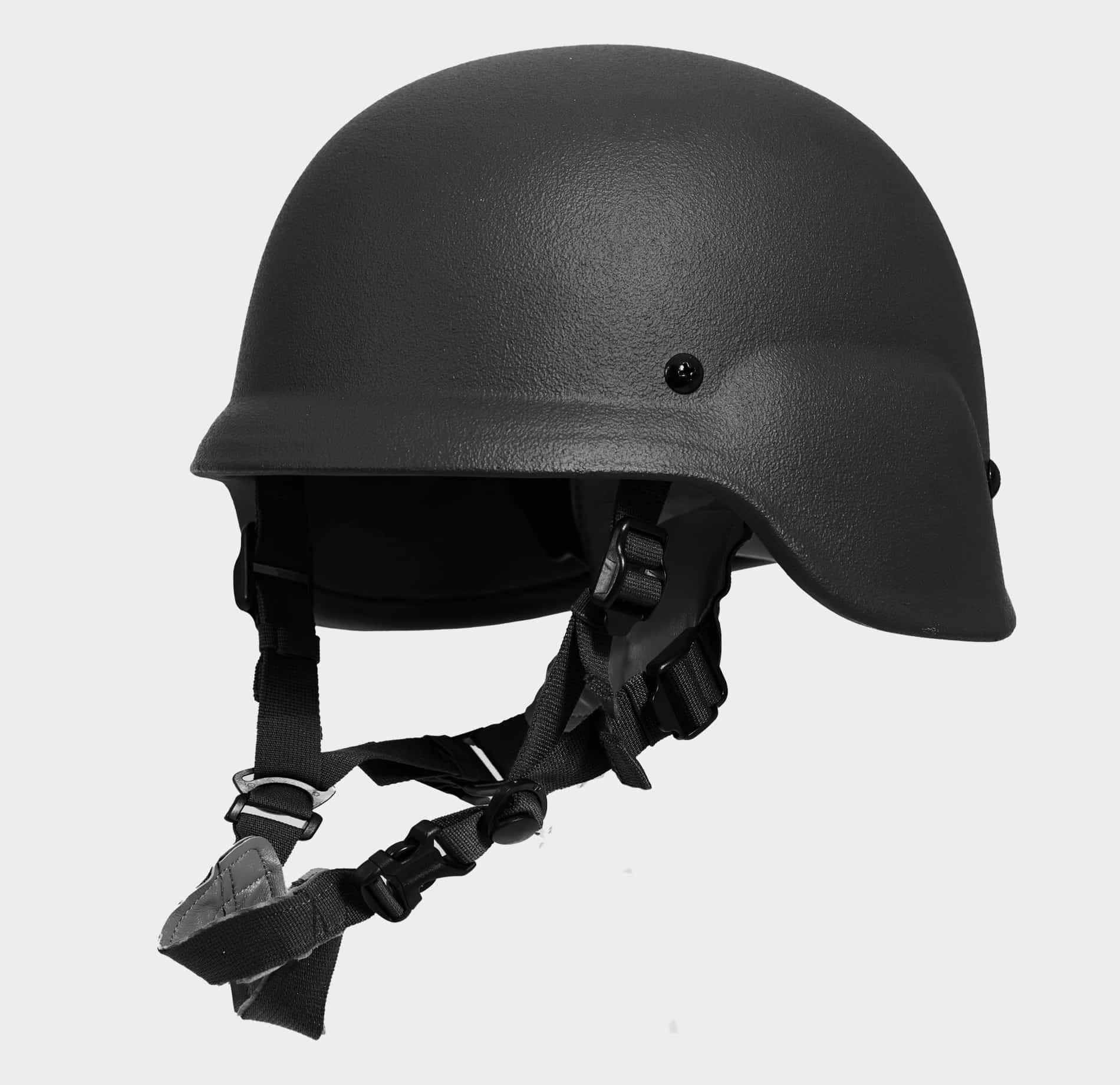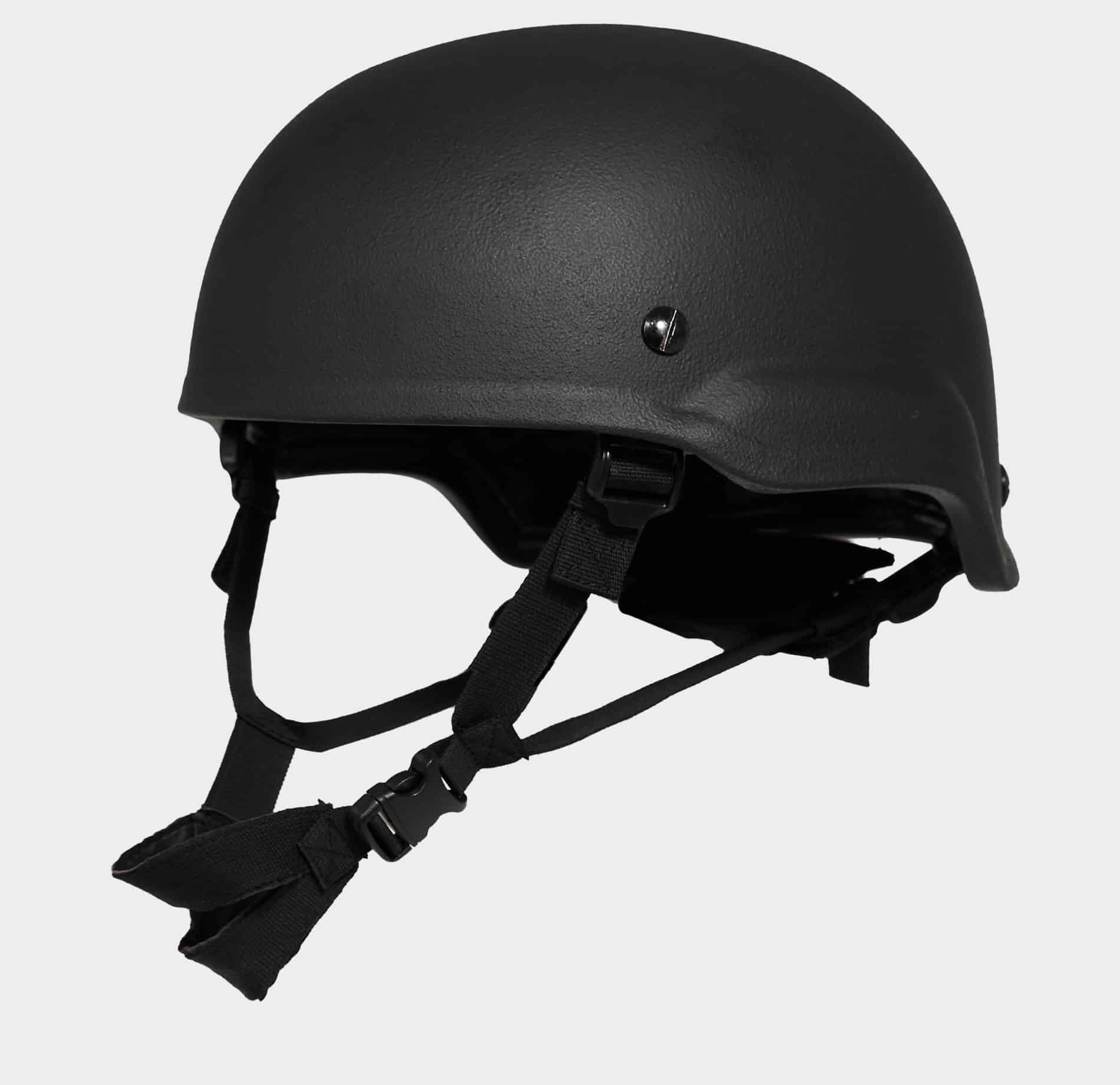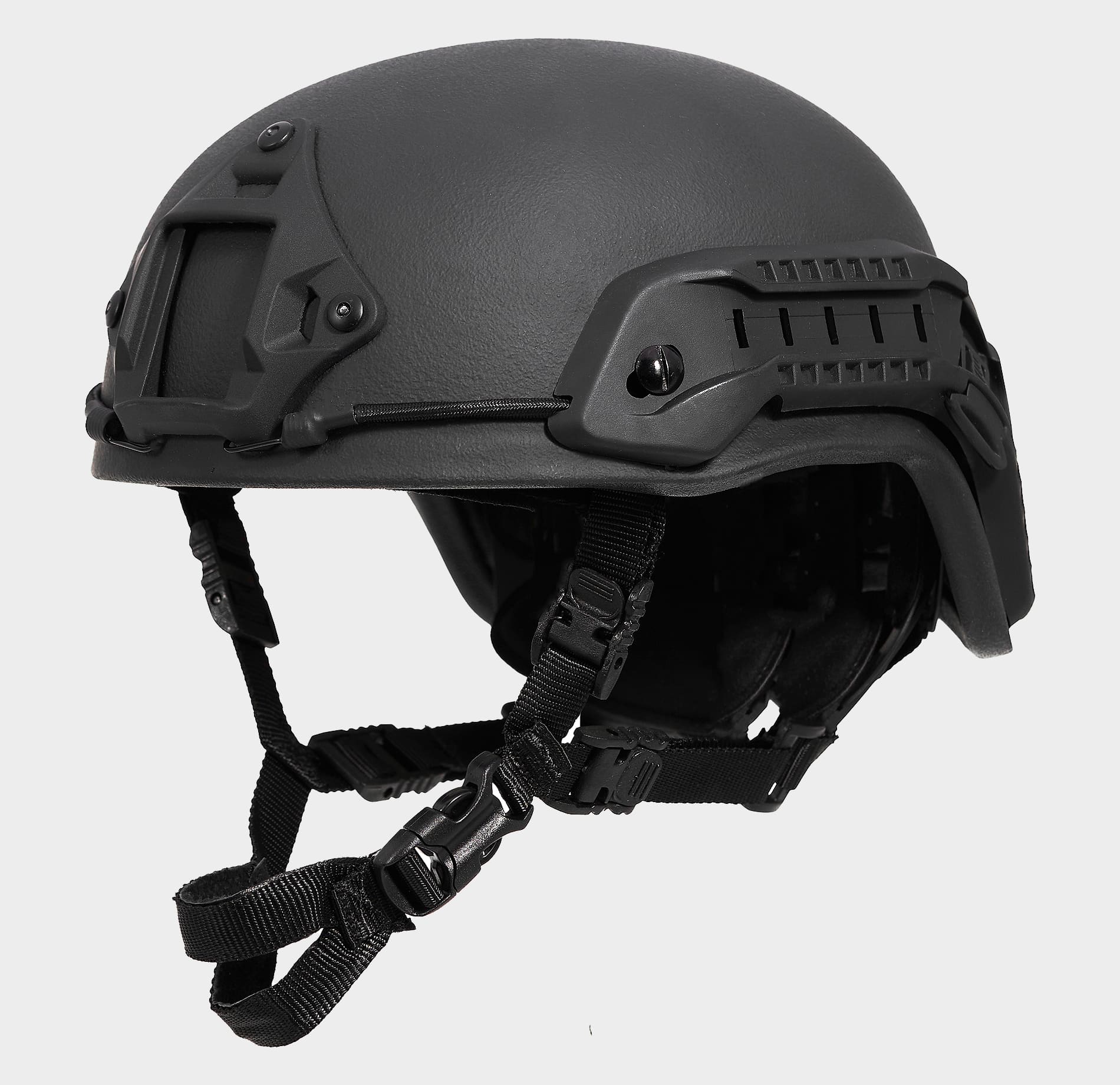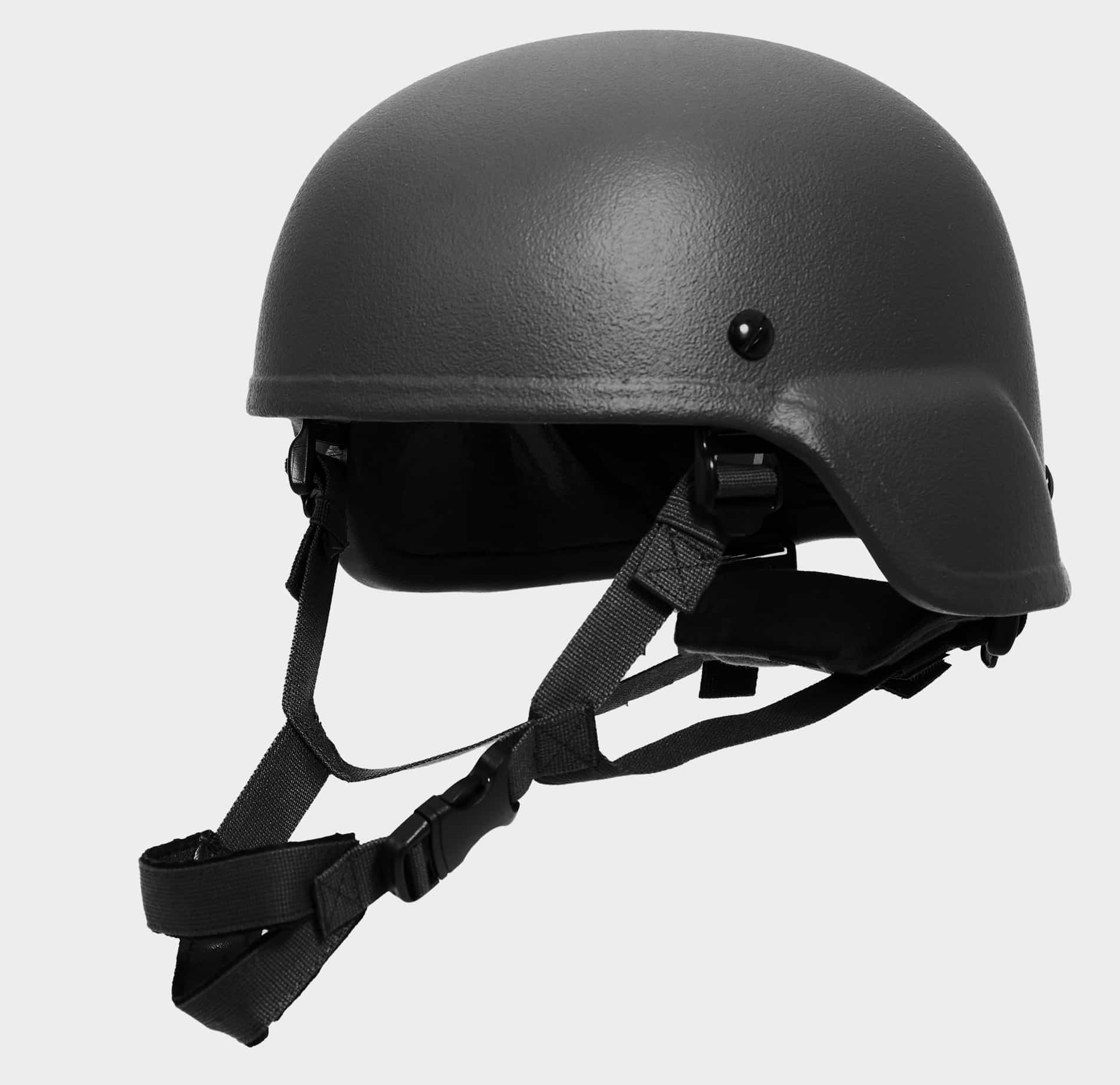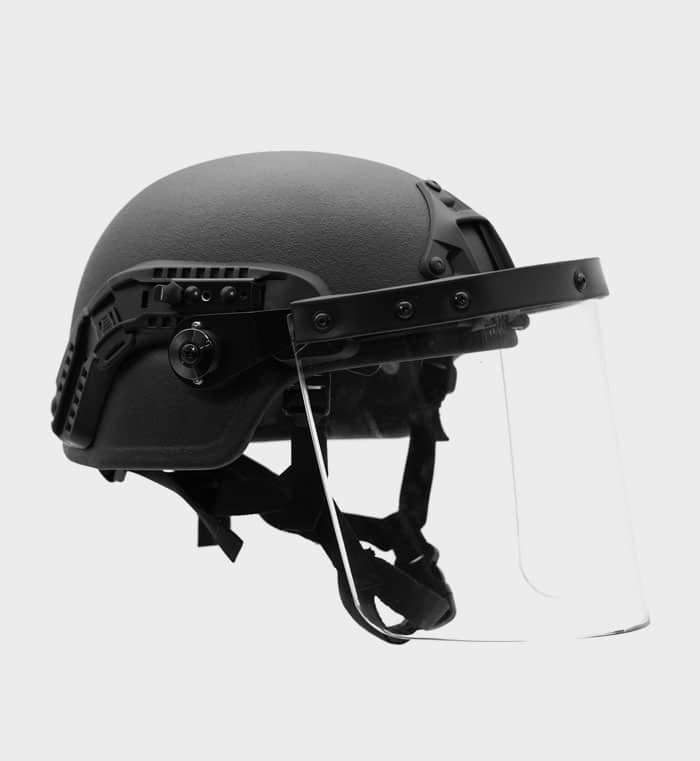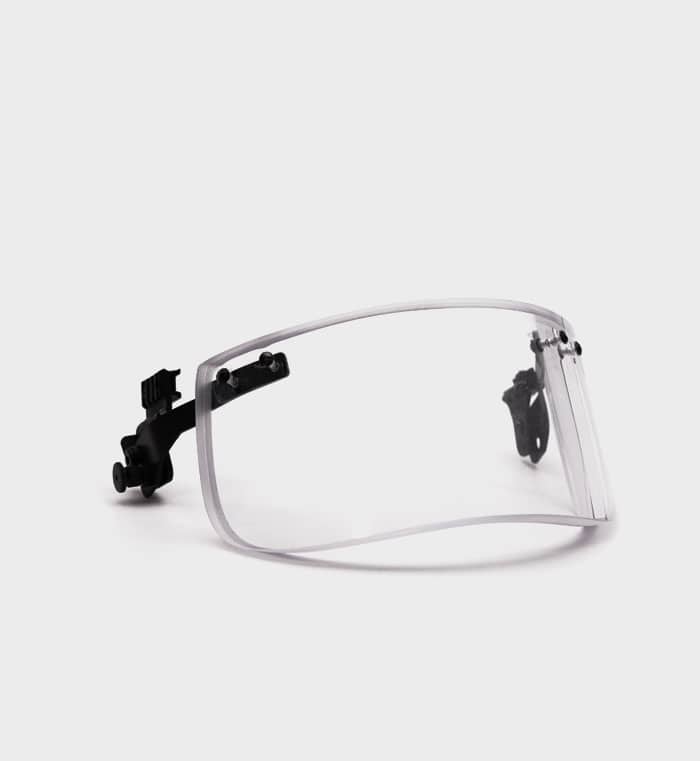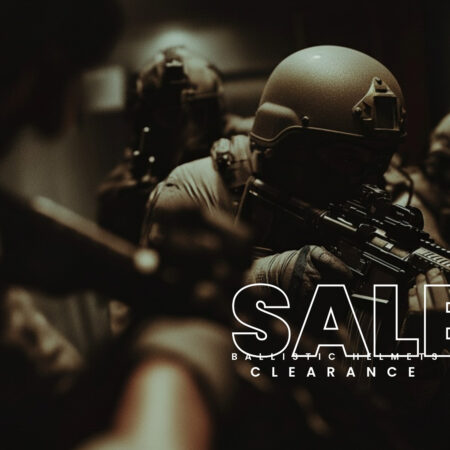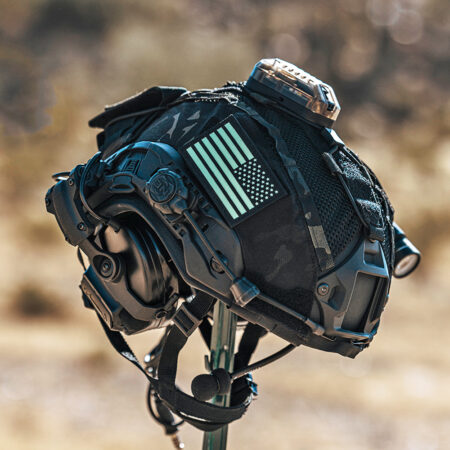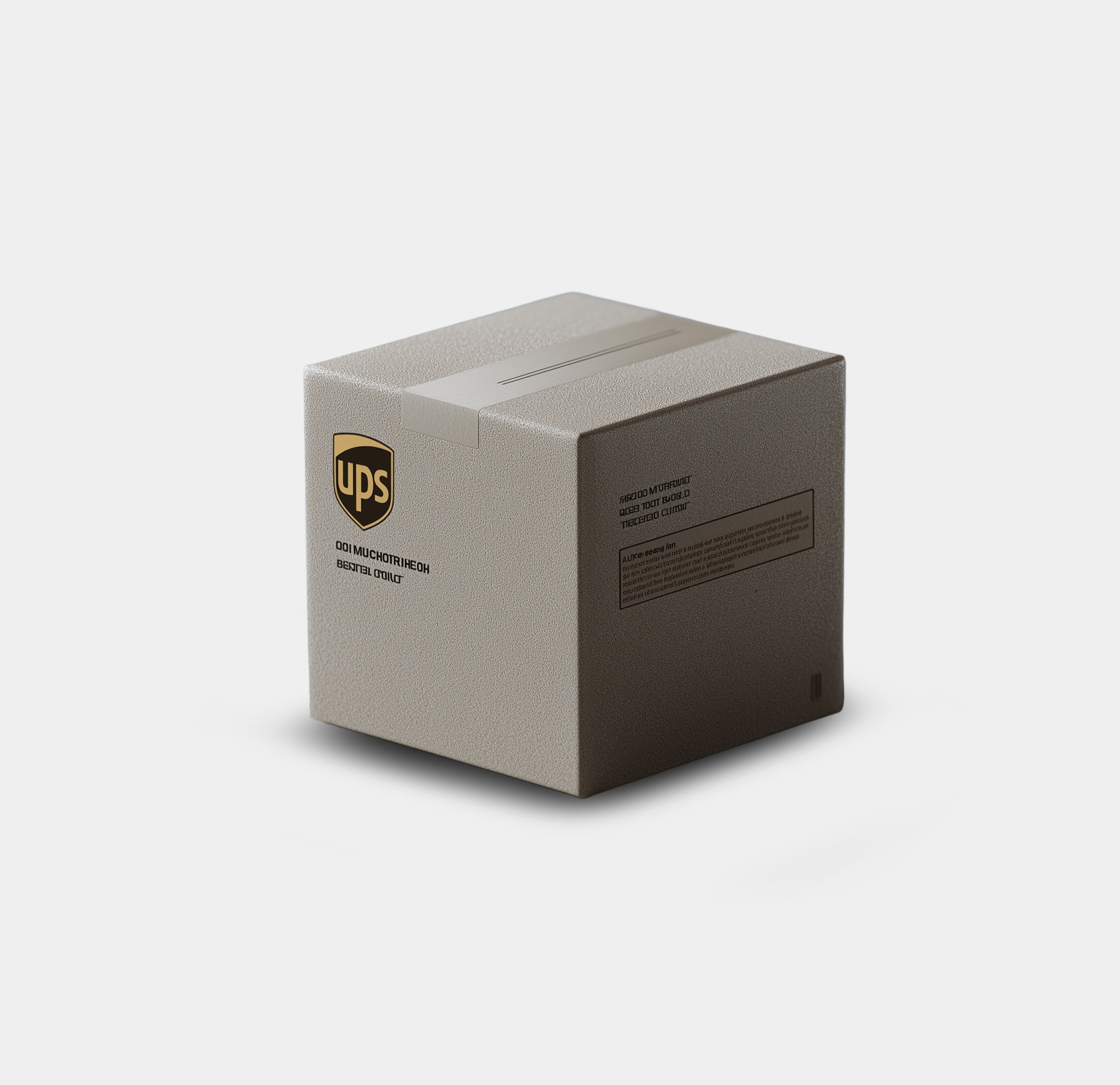The role of ballistic helmets in law enforcement and other emergency response situations
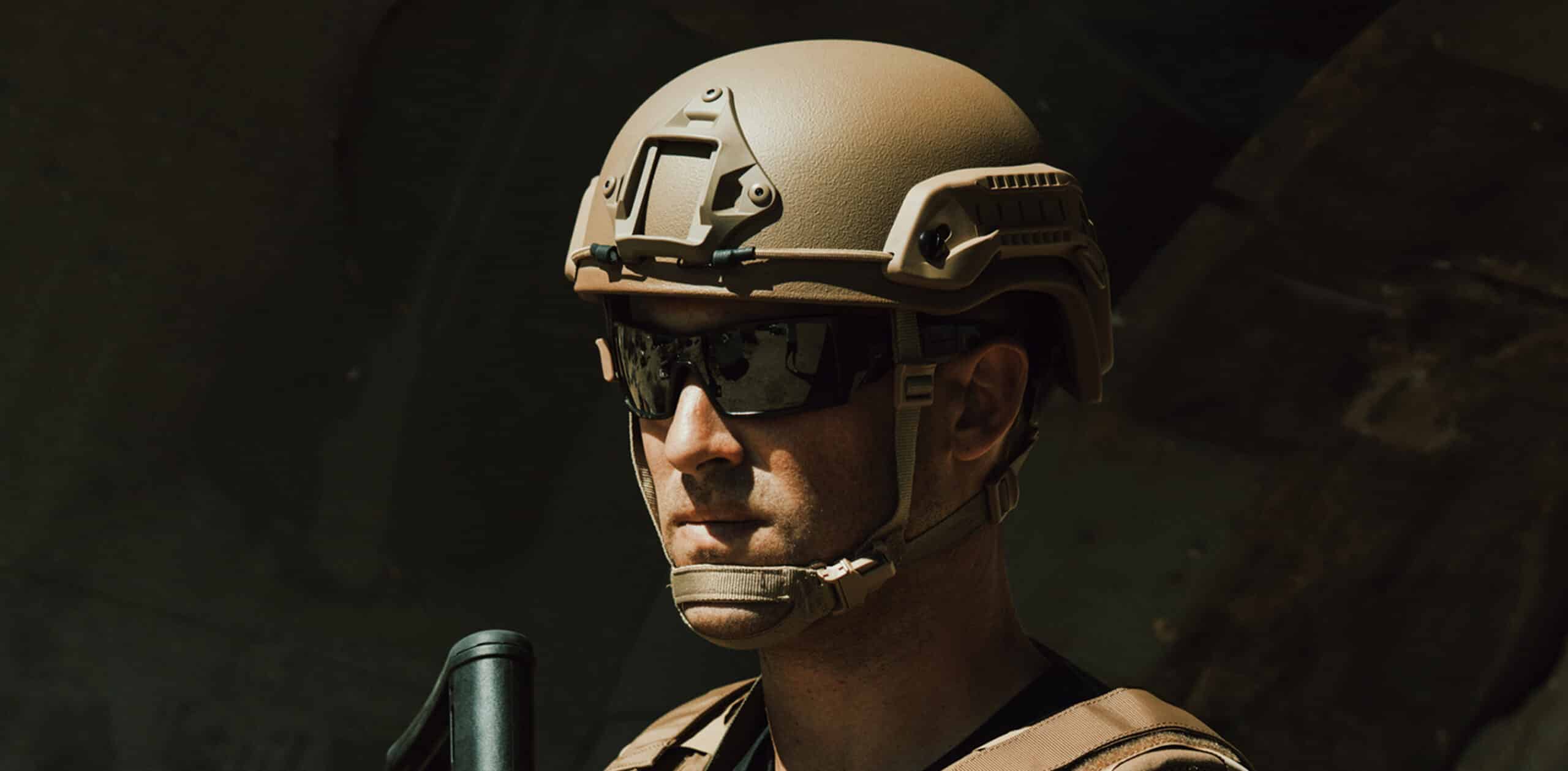
- Armored helmet for ballistic protection:
- History of ballistic helmets in law enforcement and their evolution over time
- Different types of ballistic helmets available for law enforcement use
- The importance of proper fit and comfort when selecting a ballistic helmet for law enforcement use
- Ballistic helmet testing and certification:
- How are Ballistic Helmets used by Law Enforcement?
When a police officer, security guard, or first responder heads out to do their job every morning, they don’t know what kind of problems or dangers they will encounter. Some days are normal, filled with mundane tasks, and routine activities, however, on the day that things go south, the only thing that keeps these heroes protected is their personal protection equipment.
From bulletproof vests to bulletproof helmets, body armor plays a key role in the protection and effectiveness of police officers, soldiers, security personnel, and first responders. Aside from the ballistic protection it provides, body armor also gives them the confidence to take risks, and push their limits to perform their duties and save lives.
Armored helmet for ballistic protection:
Everyone talks about the role of bulletproof vests, and plate carriers for personal protection, however, outside the military, most people don’t give much attention to ballistic helmets. Most of the police officers and first responders who are fatally shot while wearing body armor are hit on a part of their body while the armor isn’t covering.
Even if police officers are wearing body armor, they can get shot in the head, and if it wasn’t for their bulletproof helmets, the chances of survival would be extremely slim. Therefore, wearing ballistic helmets is important, as they protect your heart from bullets, shrapnel, and blunt trauma as well.
History of ballistic helmets in law enforcement and their evolution over time
Helmets have been a part of military attire for ages, however, bulletproof helmets are a relatively new invention. In fact, even in world war I and II soldiers did not have ballistic helmets. The Brodie Helmet and M1 Helmet from these conflicts were made of metal, and though they did protect a soldier’s head from shrapnel, they couldn’t stop a bullet. Especially the high-caliber rifle bullets used at that time.
The first ballistic helmet, which was widely used and adopted by the US military was the PASGT Helmet. This helmet Used Aramid Fibers for ballistic protection and was capable of stopping handgun rounds up to .44 Magnum. These helmets also had a better capability of stopping shrapnel and had a similar shape and profile to the M1 helmet.
As Night Vision and communication gear became more popular, Military helmets evolved to accommodate these attachments. This is where the ACH Helmet or MICH Helmet comes in. The Advanced Combat Helmet is still widely used by the US military. It has an NVG mount on the front, with rails on the side for mounting communication gear and other accessories. Some special forces users also use FAST High Cut helmets, which have an “Above The Ear” design.
All of these military helmets are still rated level IIIa, which means that they aren’t effective against rifle threats. However, in the near future, there will probably be some helmets that would be able to stop rifle rounds.
Different types of ballistic helmets available for law enforcement use
These days, there are several helmets available on the market that can be used by law enforcement officials. However, in terms of their profile and design, there are three main types of ballistic helmets.
Firstly, you have low-cut helmets. These helmets offer the best coverage, as they have a larger front lip, and extend on the side to govern your ears as well. However, because of their design, they aren’t best suited for mounting attachments like night vision.
Most modern ballistic helmets, that are used by militaries and law enforcement officials, fall in the mid-cut design. These helmets may offer slightly less coverage on the sides, however, they are better for mounting modern accessories. These bullet-resistant helmets have level IIIa ballistic protection capabilities and can protect law enforcement officials and civilians from handgun threats.
Lastly, we also have high-cut or ATE helmets. These “Above the Ear” Helmets are very lightweight and allow for easy attachment of modern tactical gear. They allow operators to use big ear muffs both for communication and earring protection, making them a favorite of both special forces, and civilians.
The importance of proper fit and comfort when selecting a ballistic helmet for law enforcement use
Apart from the level of protection, the fit and comfort of a bulletproof helmet are also important factors to keep in mind. In a combat situation, you cannot afford your helmet to be moving around, causing discomfort, and blocking your vision.
Moreover, modern tactical helmets are used to carry a lot of important gear, therefore, if they don’t fit you properly, they can make your head heavier on one side, and make it difficult for you to maintain your balance when running in high-stress situations.
Therefore, when you are buying a helmet, you need to make sure that it has a high-performance, adjustable retention system, which can perfectly fit your head.
Another important thing to keep in mind is that a comfortable ballistic helmet needs to allow decent airflow to your head. This prevents the build-up of sweat and keeps your head cool. You should look for a helmet that has multiple comfort pads inside its helmet shell, preferably with a moisture-wicking internal liner.
Ballistic helmet testing and certification:
In the US, the National Institute of Justice is responsible for setting the testing criteria and standards for all kinds of body armor. Most ballistic helmets are made using Aramid Fiber inserts, and therefore, are regulated by the NIJ.
Helmets use the same ratings as traditional body armor. This means that a ballistic helmet that is rated level IIIa, will be tested using the same criteria, and rounds as a level IIIa bulletproof vest.
Most bulletproof helmets these days have a level IIIa rating, and they are tested using .44 magnum, and .357 Sig rounds. Any level IIIa ballistic helmet, which has an NIJ Certification, can stop multiple hits from almost any handgun round.
How are Ballistic Helmets used by Law Enforcement?
An average police officer patrolling the streets probably isn’t going to be wearing a ballistic helmet. Instead, within law enforcement, helmets are more commonly used by Special Services, SWAT Units, and other emergency response teams.
In some situations, even normal police officers may wear helmets, in case they are called as backup to a heated shootout, or active shooter situation. Federal Agents from organizations like the FBI and DEA may also wear Ballistic Helmets when they do raids on organized crime or terrorist hideouts. Moreover, anti-riot units in Correctional Facilities also use tactical helmets and mount ballistic riot shields and visors on them to protect their faces.
These helmets play an integral role in the protection of law enforcement officers. They keep them safe from incoming ballistic threats and help them have a lot of high-tech gear at their disposal. Therefore, Ballistic Helmets are an essential piece of gear for Law Enforcement personnel.


